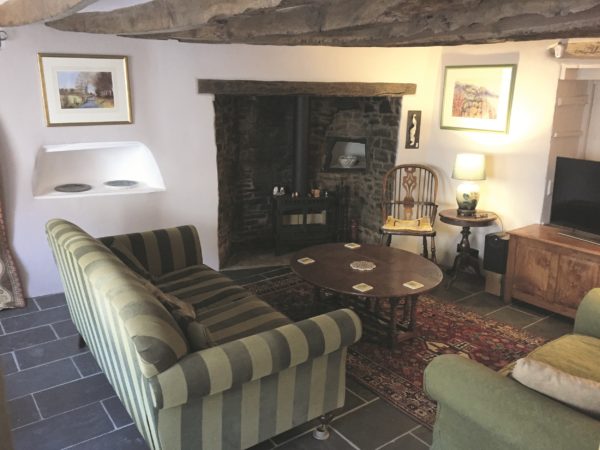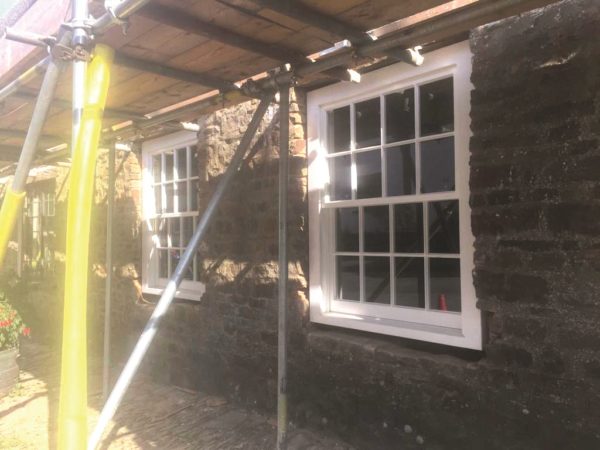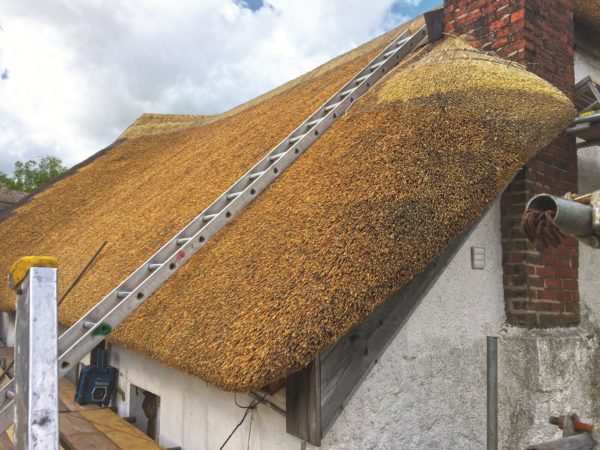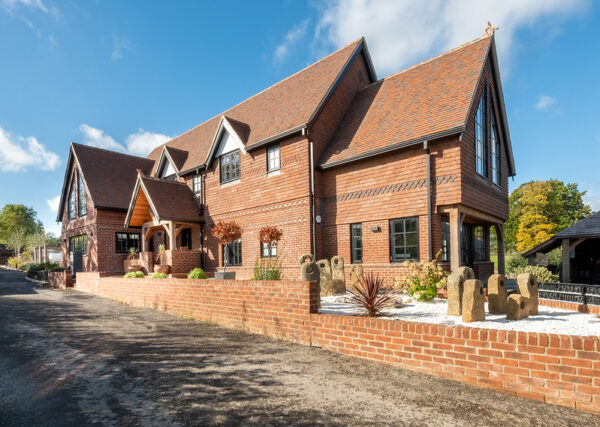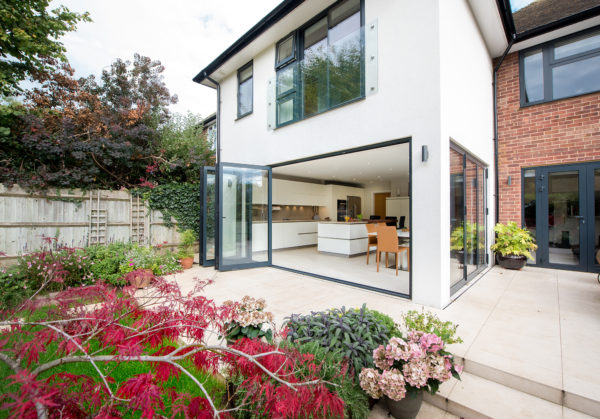I’m not sure what our expectations were when we started our new build.
May seemed like a good time of year to begin digging. Our builders set a 40 week schedule – ambitious but achievable.
The design is practical, our architects are hands on, and none of the techniques we’re using are too cutting edge.
The plot posed no practical problems in terms of access or gradient. We’re living on site, too, squashed into a 100 year old cottage and tumbledown outbuildings. But this means we’re able to deal quickly with any issues that arise.
It was all going very smoothly, but then it started to rain.
Our soil is what they call ‘shrinking clay’. Under a couple of feet of top soil is thick yellow clay, followed by thick blue clay. It’s great for the roses and ponds I am planning for the landscape, but less brilliant for building.
In combination with the proximity of a large oak tree, it meant that we had to dig huge, deep foundations. We decided to turn them into a virtue by converting them into a large basement area.
The first thing we had to do was to excavate a big hole to accommodate the works. Out came the knackered old stable units and the old septic tank, and enough earth to create a massive heap in the field.
The excitement of seeing machinery in action quickly turned to concern as our new hole turned into a swimming pool as the rain hammered down. Conditions rapidly deteriorated around its edges, too, with what seemed like tonnes of mud sticking to boots, wheelbarrows and machinery.
Old land drains added to the misery, discharging hundreds of gallons of water into the morass. Our newly installed aerobic digester flooded hopelessly.
No-one could have anticipated the volume of rain we had, although it’s my view that this kind of extreme weather is going to become the norm, and we have to learn to live with it.
Once we have finished the project we’ll be well able to deal with tropical volumes of rain like this. The green roof will regulate water run-off, and a system of swales and ditches will lead water from our field and garden into ponds and boggy areas.
Looking on the bright side, these biblical downpours meant we could see what we had to do by way of draining the site itself. We are planning to reinstate an old drain running down the ditch along the edge of the site as part of the landscaping, and we will add a couple of extra land drains, too.
In the short term, though, we had to use large pumps to try to keep the site as dry as possible while we struggled to build the foundations. Thank goodness we weren’t planning to build using traditional footings.
Instead, we are using a concrete slab, coupled with a trellis of reinforcing bars. Easier said than done when you have to spend two hours every morning pumping water out of the site, and then have to lay a damp proof membrane under the whole thing. It was horrific.
The rebar eventually arrived to be dumped in the front garden (in the rain). When the installation team turned up, they spent a long morning standing around looking extremely unhappy and rather wet before disappearing.
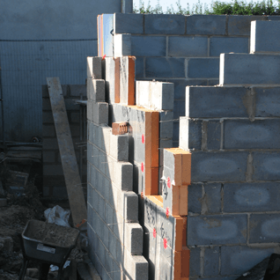
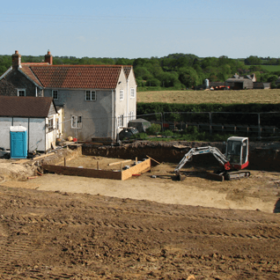

































































































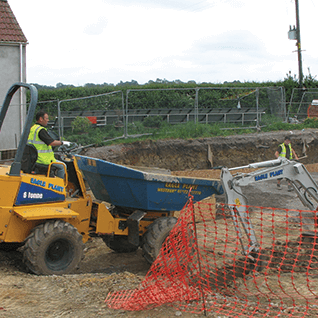
 Login/register to save Article for later
Login/register to save Article for later

